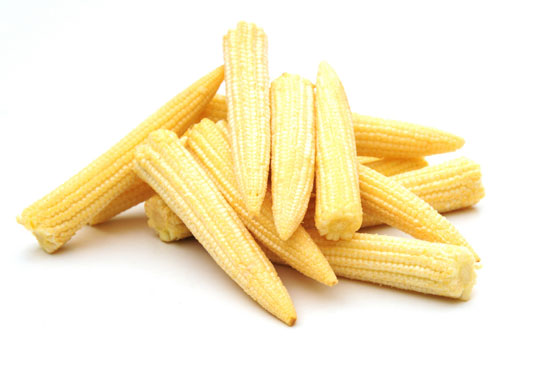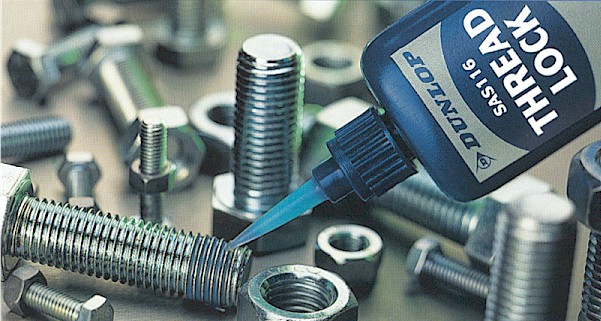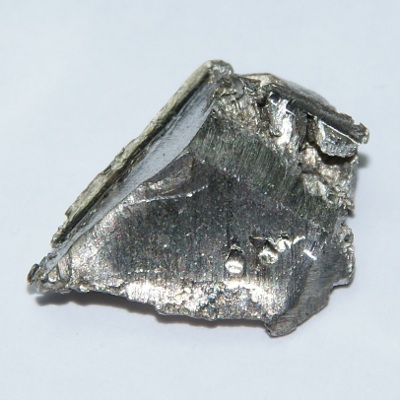The yogurt Industry in India is one of the very promising today
With growth rate of 40 to 45 % according to study by Assocham...
Types of yogurt such as drinking yogurt may compete with flavoured milk drinks and fruit/vegetable juice, while fruit-based spoonable yogurt may emerge as competition for ice cream as a dessert...
"The demand of frozen yogurt market sees growth of 70 to 80 per cent each year over the next three years. Several health-conscious mothers and youngsters are switching to frozen/flavoured yogurt from drinks or ice cream. Consumption in India still stands at a nascent 0.3 kg per capita every year as compared to 17.8 kg in France," the ASSOCHAM paper added.
The frozen yogurt segment is being eyed by big players like Amul, Mother Dairy and Nestle in the price segment of Rs 18-20 for a 100 ml cup of yogurt. Further, premium brands like Red Mango and Cocoberry are also trying to capture the growing market.
Entrepreneurs can look for trade technology project information at primaryinfo.com
http://www.primaryinfo.com/yoghurt.htm








